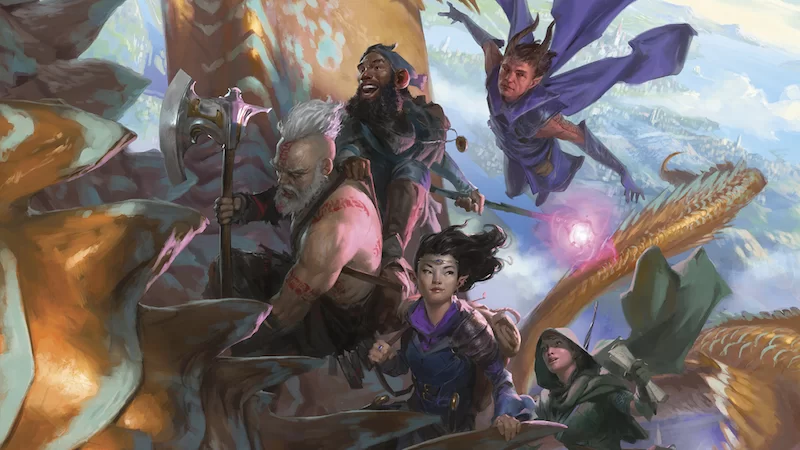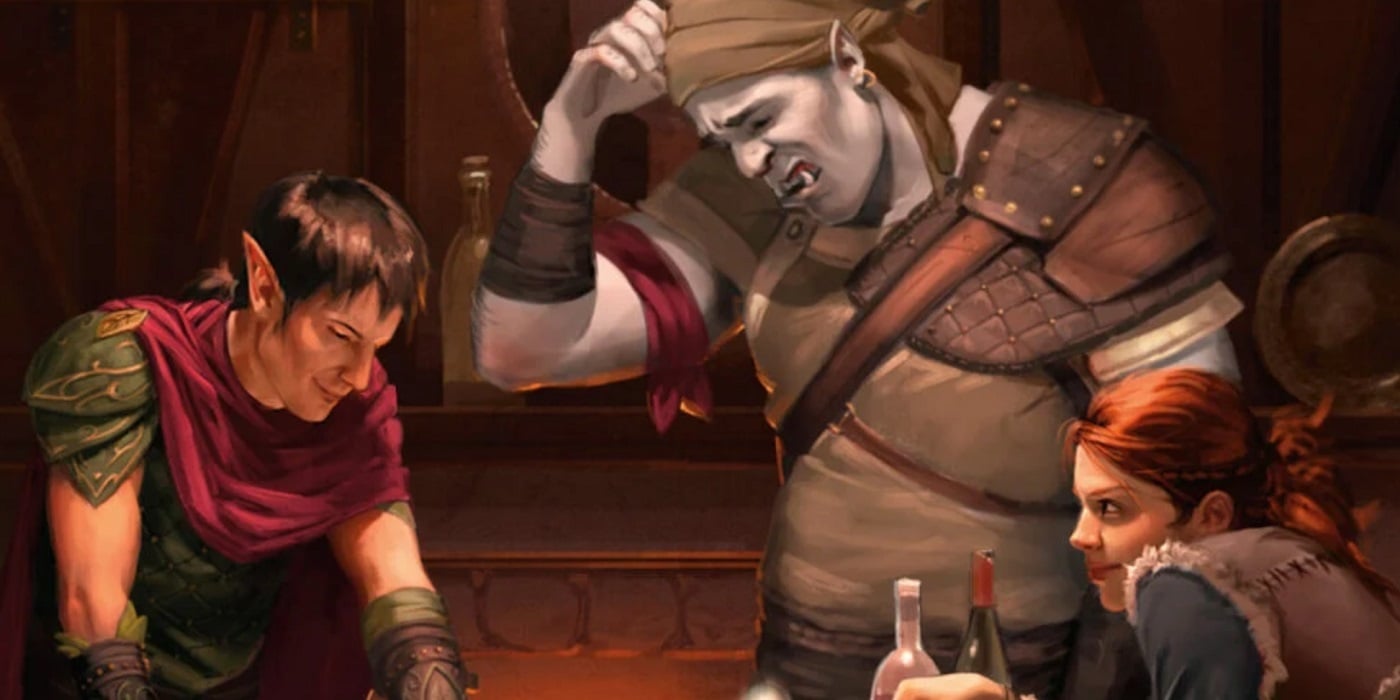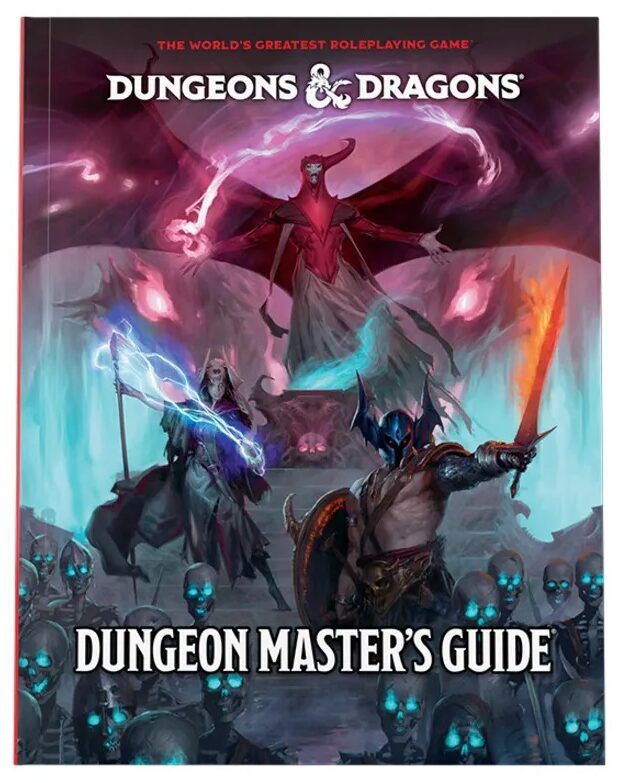The new 5.5E Dungeon Master’s Guide empowers DMs by formalizing one of the most useful unwritten rules. Here’s how.
One passage out of the new Dungeon Master’s Guide has been making waves among those who have the new DMG. And all it does is explicitly tell DMs to do what they have always been able to do: ‘saying No’ to broken rules combos and bad faith interpretations. But it turns out, sometimes writing down those unwritten rules can be a big difference.
I think it comes down to feeling like you have permission. The unwritten rules of D&D are something you learn by experience. And as the new DMG is especially aimed at new DMs, it can be helpful to remind people just stepping up to the screen that it’s okay to say, “Actually, that’s not how I want to play the game,” too.
The DMG And The Power Of No
When you get your hands on the new DMG, you can find the passage in question in Chapter One under a heading entitled ‘Respect for the DM.’ There, you can read what WotC really thinks about your peasant railguns, characters that can throw halflings into orbit, and more. It starts with a section about Players Exploiting the Rules, explaining that optimization is part of the game. But exploiting the rules and “interfering with everyone else’s fun” isn’t.
It then lists some very helpful principles for keeping your game from spiraling out of control. These are great principles for any DM, no matter how experienced or not, to navigate by. There are four of them, all in all.
Rules Aren’t Physics

“Rules Aren’t Physics. The rules of the game are meant to provide a fun game experience, not to describe the laws of physics in the worlds of D&D, let alone the real world. Don’t let players argue that a bucket brigade of ordinary people can accelerate a spear to light speed by all using the Ready action to pass the spear to the next person in line. The Ready action facilitates heroic action; it doesn’t define the physical limitations of what can happen in a 6-second combat round.
This references the infamous “Peasant Railgun,” a popular D&D meme about how, technically, since a round is only six seconds, anything that moves X distance in that time has to be going Y speed, which has a big impact. But I like that they explicitly say, “This isn’t a physics engine.”
There are weird things about D&D’s rules. There are corner and edge cases aplenty, but they don’t define “reality.” They exist within it.
The Game Is Not An Economy

The Game Is Not an Economy. The rules of the game aren’t intended to model a realistic economy, and players who look for loopholes that let them generate infinite wealth using combintions of spells are exploiting the rules.
Pretty easy. Sure, you might find an “infinite wealth glitch,” but that’s not really the spirit of the game.
Combat Is For Enemies

Combat Is for Enemies. Some rules apply only during combat or while a character is acting in Initiative order. Don’t let players attack each other or helpless creatures to activate those rules.
This one is also a good reminder that when you’re playing D&D, you’re playing a game. And while yes, you technically could attack someone before they know that combat has begun, that’s not how the rules work. And that sometimes the game having rules means things might feel weird – “it says all I have to do is make an attack,” but it’s about the spirit of the law.
Rules Rely On Good-Faith Interpretation
Rules Rely on Good-Faith Interpretation. The rules assume that everyone reading and interpreting the rules has the interests of the group’s fun at heart and is reading the rules in that light.
This is a great reminder that you’re playing the game with other people. Everyone at the table should have each other’s backs. D&D isn’t adversarial by default (though it can certainly be played that way).
And if you like the kind of game where players show up with broken, bad-faith interpretations of the rules to try and mess with each other. If you like someone pointing out that a 2nd level spell can ruin economies (and also the game) and then doing exactly that, go wild.
But the idea is that you’re all in it together. Even when the DM’s NPCs are out to get you.
What do you think of the new advice? Good? Bad? How would YOU handle a peasant railgun?
Subscribe to our newsletter!
Get Tabletop, RPG & Pop Culture news delivered directly to your inbox.
Don’t Miss:
Read more at this site



